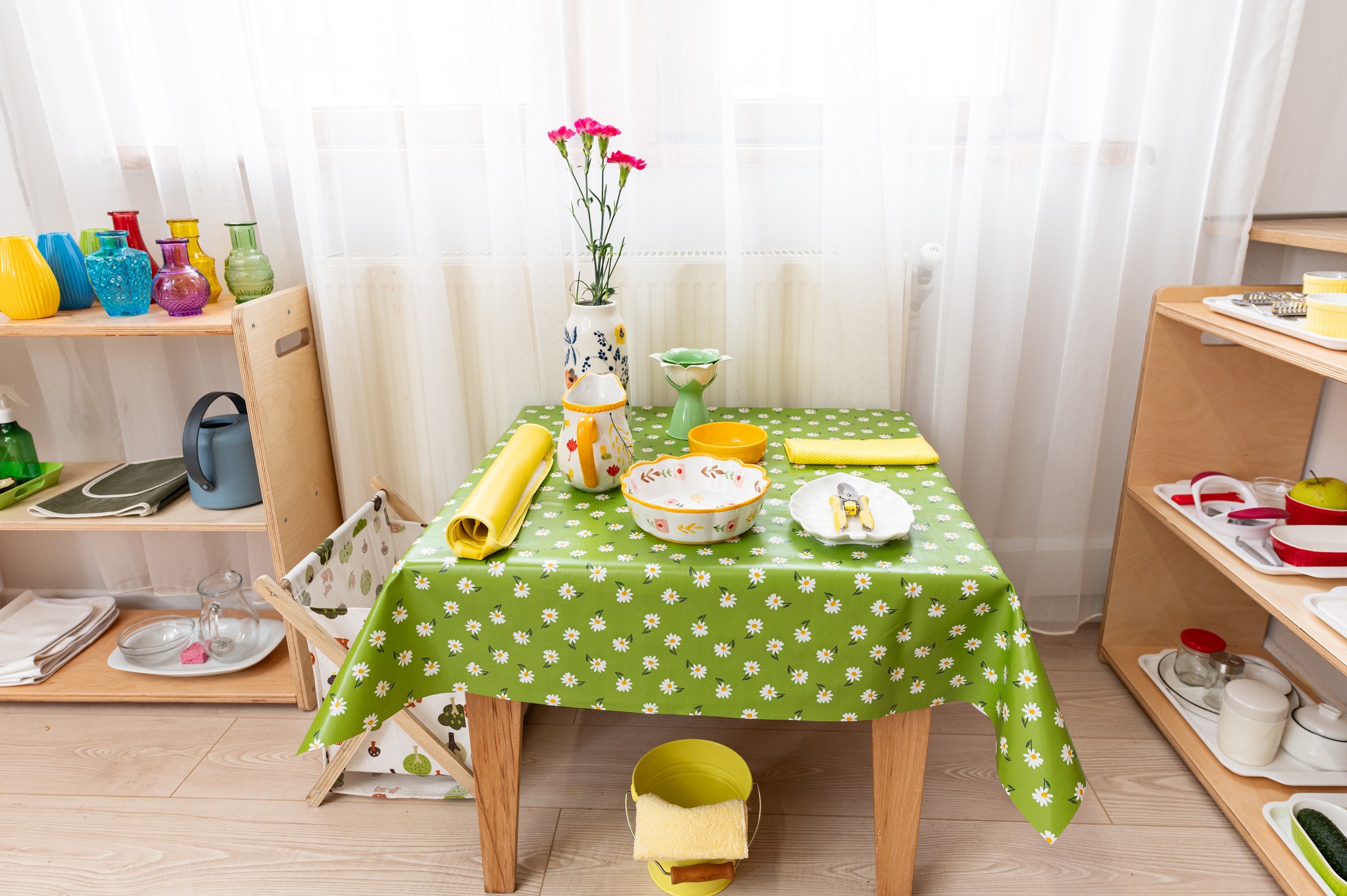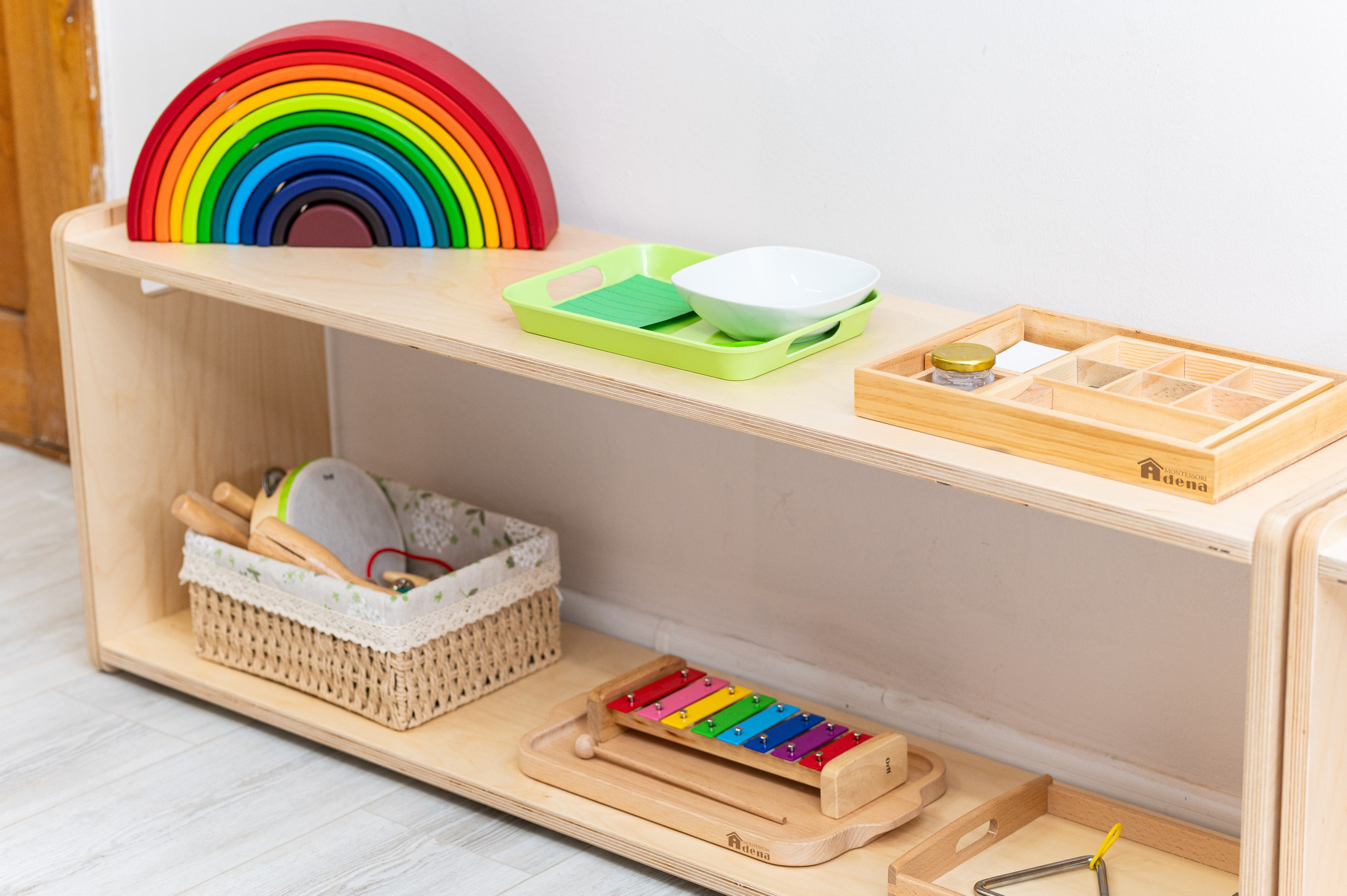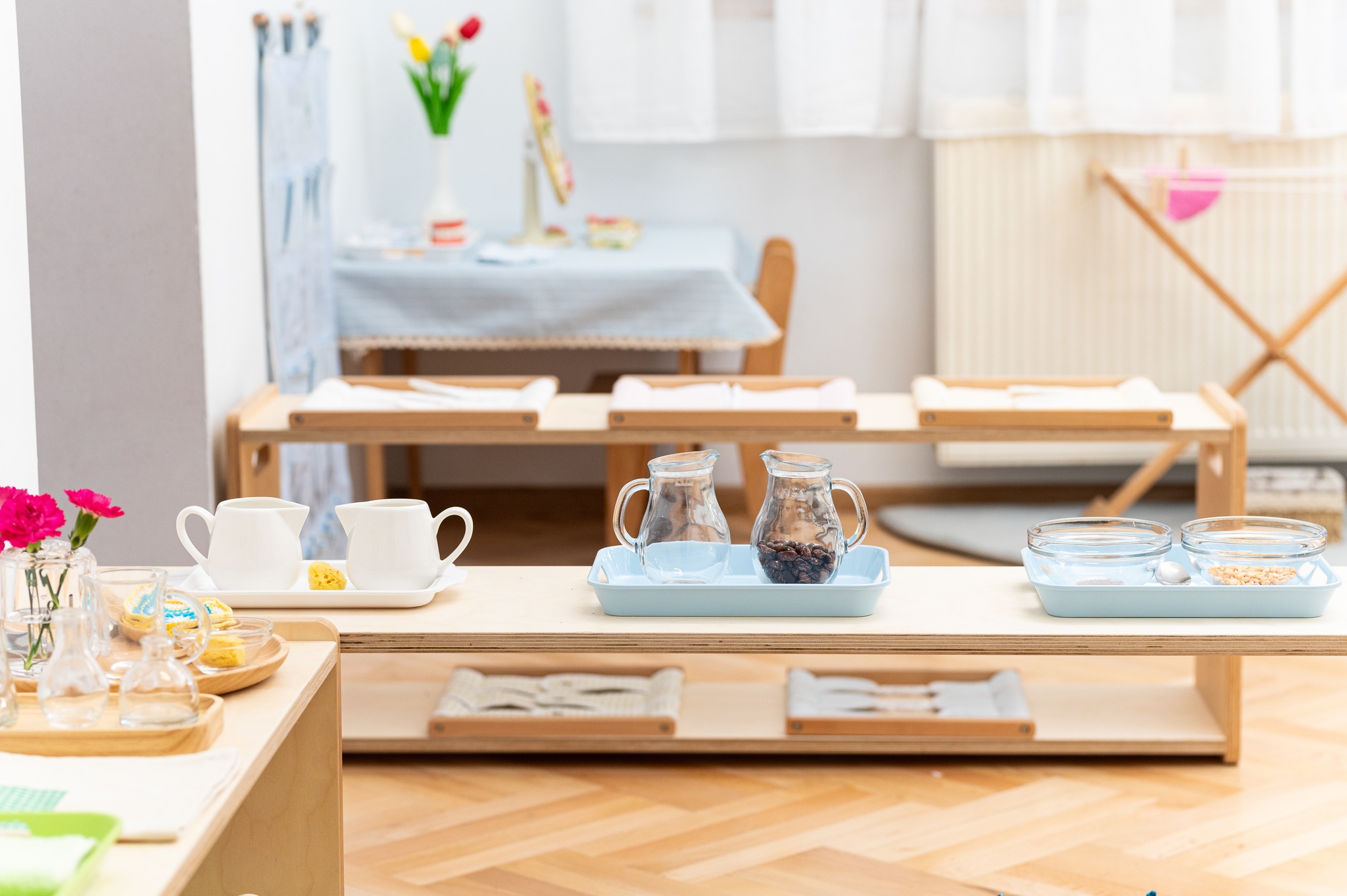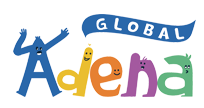
What’s the Difference Between Montessori and Traditional Early Education? Is It Right for My Child?
What’s the Difference Between Montessori and Traditional Early Education? Is It Right for My Child?
When searching for the best early education for their child, many parents eventually ask:
“What exactly is Montessori—and how is it different from regular early learning programs?”
“Is it too unstructured... or too rigid?”
“Is Montessori right for my child?”
This Q&A breaks down the key differences between Montessori and traditional early education, clears up common misconceptions, and explores how brands like Adena support families who want to bring Montessori into their home.
How Is Montessori Different from Traditional Early Education?
Montessori education, founded by Dr. Maria Montessori over a century ago, is based on observation, respect for the child, and self-directed learning.
Montessori Approach | Traditional Approach | |
Role of the Adult | Guide / Observer | Teacher / Instructor |
Learning Style | Self-paced, hands-on exploration | Group-based instruction |
Environment | Child-sized, orderly, open access to materials | Teacher-led spaces with limited choice |
Curriculum | Follows the child's interest, sensitive periods | Follows a fixed timetable and age-based goals |
Assessment | Ongoing observation | Testing / milestones |
Motivation | Internal (child chooses, repeats, masters) | External (praise, rewards, competition) |
The Montessori method emphasizes freedom within limits, natural development, and trust in a child’s inner drive to learn—a very different perspective from many conventional programs.
Is Montessori Right for Every Child?
While Montessori is widely adaptable, every child and every family is different. Here are some guiding questions to consider:
l Does your child show curiosity when allowed to explore freely?
l Do you value independence, routine, and calm in your home?
l Are you comfortable letting your child lead (within clear limits)?
l Do you notice that your child prefers working with their hands?
If the answer is yes to most of the above, your child will likely thrive in a Montessori environment.
But even if not, many Montessori principles—like creating order, respecting effort, and using real-life tools—can benefit all children, whether or not they’re in a full Montessori program.
What Are Some Common Misconceptions?
Let’s address a few myths:
"Montessori is too free—it lacks structure."
In fact, the method has very clear structure and order—just not imposed externally. Children work with a prepared environment, logical routines, and precise materials that support natural development.
"It’s only for calm, quiet children."
Not true. Montessori meets children where they are. Active, curious, and even high-energy children often find balance and focus when given freedom within limits and meaningful work.
"You need expensive materials and special schools."
Montessori can be practiced at home with intention. Brands like Adena offer affordable, developmentally appropriate Montessori materials for families.
How Does Adena Support Montessori Learning at Home?
At Adena, we believe that Montessori is not just a method—it’s a way of seeing the child.
That’s why our designs are inspired by authentic Montessori principles:
Montessori Materials for Toddlers (Ages 1–3)
l Open-ended, purposeful tools to develop fine motor skills and coordination
l Activities that promote focus, repetition, and independence
l Real-life tools for pouring, cleaning, dressing, organizing
Furniture & Environment Tools
l Low shelves, self-accessible trays, calm and neutral tones
l Child-sized tables and chairs to support autonomy
l Practical life stations: dishwashing, food prep, self-care
Every product is created to encourage autonomy, nurture concentration, and promote joyful discovery.
Ready to Explore Montessori at Home?
Montessori doesn’t need to start at school—it can begin today, in your living room or kitchen.
Whether you’re new to the method or already a fan, Adena can help you create a space where your child can truly grow.
Visit adenaglobal.com to explore our curated range of Montessori tools, practical life sets, and furniture made for toddlers.
Questions? Reach out anytime at julia@adenamontessori.com
Montessori isn't just a trend—it's a philosophy grounded in decades of research and real-life transformation.
If you’re wondering whether it’s “right” for your child, remember:
Montessori doesn’t ask your child to fit the system. It builds a system that fits your child.
 What’s the Difference Between Montessori and Traditional Early Education? Is It Right for My Child?
What’s the Difference Between Montessori and Traditional Early Education? Is It Right for My Child?
 Why Does My Toddler Always Want to “Help”? What Montessori Says About the Drive to Participate (1–3 Years)
Why Does My Toddler Always Want to “Help”? What Montessori Says About the Drive to Participate (1–3 Years)
 When to Start Montessori? How to Practice It at Home from 0–3 Years Old?
When to Start Montessori? How to Practice It at Home from 0–3 Years Old?
 Helping Children Stay Focused in Summer: How the Montessori Method Brings Calm to Chaos?
Helping Children Stay Focused in Summer: How the Montessori Method Brings Calm to Chaos?
